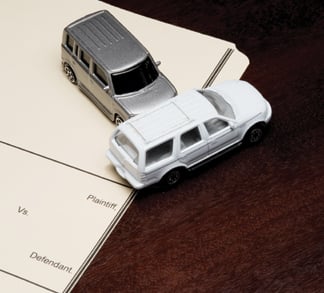 Editor's Note: This article has been contributed by Christopher Tidball, an executive claims consultant, speaker and author of multiple books.
Editor's Note: This article has been contributed by Christopher Tidball, an executive claims consultant, speaker and author of multiple books.
We see it time and time again: Stacks of papers piling up on claims adjusters' desks in the form of bodily injury (BI) demands from attorneys for injuries supposedly sustained as the result of an auto accident. Of course, the attorney's client is never at fault, and most certainly the alleged injuries are always the result of your insured's negligence. Sound familiar?
Like a game of cat and mouse, some attorneys will try to take advantage of busy adjusters to maximize settlements for their clients, at times garnering far more than the claim may actually be worth. It should be said, however, that the tables can be turned, as attorneys are equally as busy, often necessitating the use of associates, or negotiators, to push through an even greater volume of work. Fortunately, this latter bit of information can be of invaluable assistance when evaluating and negotiating injury claims.
Recommended For You
Want to continue reading?
Become a Free PropertyCasualty360 Digital Reader
Your access to unlimited PropertyCasualty360 content isn’t changing.
Once you are an ALM digital member, you’ll receive:
- Breaking insurance news and analysis, on-site and via our newsletters and custom alerts
- Weekly Insurance Speak podcast featuring exclusive interviews with industry leaders
- Educational webcasts, white papers, and ebooks from industry thought leaders
- Critical converage of the employee benefits and financial advisory markets on our other ALM sites, BenefitsPRO and ThinkAdvisor
Already have an account? Sign In Now
© 2025 ALM Global, LLC, All Rights Reserved. Request academic re-use from www.copyright.com. All other uses, submit a request to [email protected]. For more information visit Asset & Logo Licensing.








